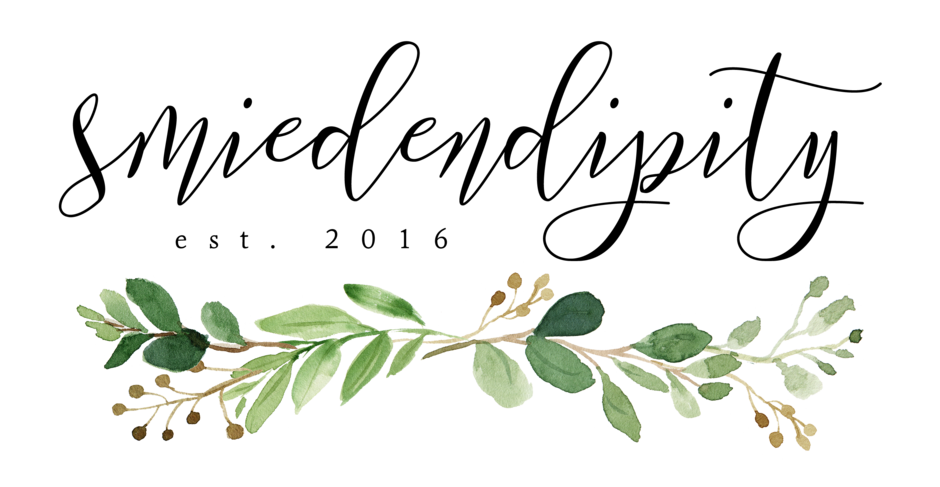The end of summer is approaching and I’m 100% ready for fall. I was still enjoying the warm weather until Jeremy’s grandparents gifted us some mums.

Then suddenly, I was ready for sweaters, boots, bonfires, and cider. Like right now. Yes, I know it’s Labor Day weekend. I’m a little ahead of schedule.
But before that cooler weather comes through, I wanted to get at least one more outdoor project finished. This one was a biggie, as we replaced something that has been bothering me for YEARS: our shutters!

yuck.
Not only is the purple color faded and dated, but yellow jackets have taken a liking to building their nests in the slat openings. It got out of control this year, to the point where they were EVERYWHERE and it was difficult to even enjoy time outside with the baby. So, they had to go. Both of them.
I wanted shutters that were more proportional, as our current ones were too skinny/tall, and just didn’t look right on the windows. I was really inspired by the shutters that Chip and Joanna put together at the “Overgrown Ranch” on Fixer Upper.

Source: HGTV
I priced out pre-made shutters, and the least expensive ones I could find for our nearly 6 foot tall windows were $80 EACH. With 6 windows, we’re talking almost $2000. No thank you! So, after a little bit of research, we figured out that we could easily build these ourselves.
To measure for the correct size shutters, we followed this guide.

Our windows averaged around 42″, so we decided on 3 1×6 boards side by side. Since 1×6 boards are actually 1×5.5, this gave us a 16.5″ width which was perfect. We opted for rough sawn, untreated pine boards. The rough cut is only on one side, so it isn’t visible, and we didn’t need the boards treated since they were going to be painted over.

We ended up replacing 12 aluminum shutters, all 14×72″.
MATERIALS
24 1x6x12 rough cut pine boards (untreated)
Chop Saw – our favorite here
Nail Gun – our favorite here
1 1/2″ Finishing Nails
3″ Deck Screws
2 cans of Interior/Exterior Liquid Nail
Primer: Benjamin Moore Interior/Exterior Primer (tinted gray)
Paint: Benjamin Moore Exterior in Onyx (Soft Gloss Finish)
Paint Brush
Paint Roller
Dropcloth
STEPS:
1. Boards: 18 of the 12′ boards were cut in half to make our 6′ tall boards.
2. Battens: 6 of the 12′ boards were cut into 16.5″ lengths to make our battens. If you prefer a narrower batten, buy 1x4x12 boards for this instead.

3. Prime, then Paint*. We gave all sides a good coat of primer, followed by two coats of paint. I went with my favorite black paint: Benjamin Moore Onyx, in soft gloss. The glossier finish adds a nice sheen.
*This step will feel like it takes forever. Be patient, throw on some late 90’s early 00’s jams, and just power through it. We actually did this and alternated painting and dance-offs to NSYNC.




4. Assemble! Lay your three boards next to each other. Place your battens where you’d like them. I recommend placing them at least the width of one board (6″) from the end.

5. Once you’ve decided on placement, put down a good amount of liquid nail down. Place your batten on top, and press down to get a good bond.

6. Then finish with your nail gun. We did about 6 nails in each batten.

7. Hang the shutters. We used deck screws (2 at each end) to hold them in place. Not only are they secure, but the end of deck screws are so much easier to drive in – and when you’re on an extension ladder working on the second floor shutters, you’ll be happy you used these. Be sure to look for deck screws with a square or hex head.
That’s it! 7 steps.


Our cost was $170 for the wood and finishing nails, and $78 for the paint and primer – for a total of $248. At $20.67 per shutter, we saved 87% of the cost doing this ourselves…over $1600! Plus, they give a completely fresh look to the house.
I’ll call it a win!


What do you think? Have you ever considered making your own shutters?






 Still in progress, but much less MAKE IT STOP! happening now.
Still in progress, but much less MAKE IT STOP! happening now.




 Done!
Done!

